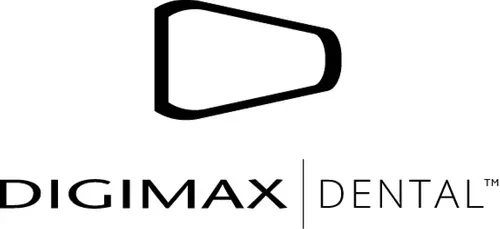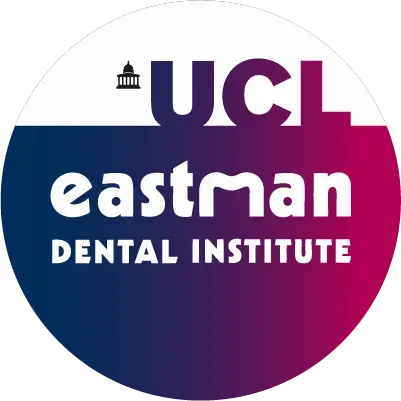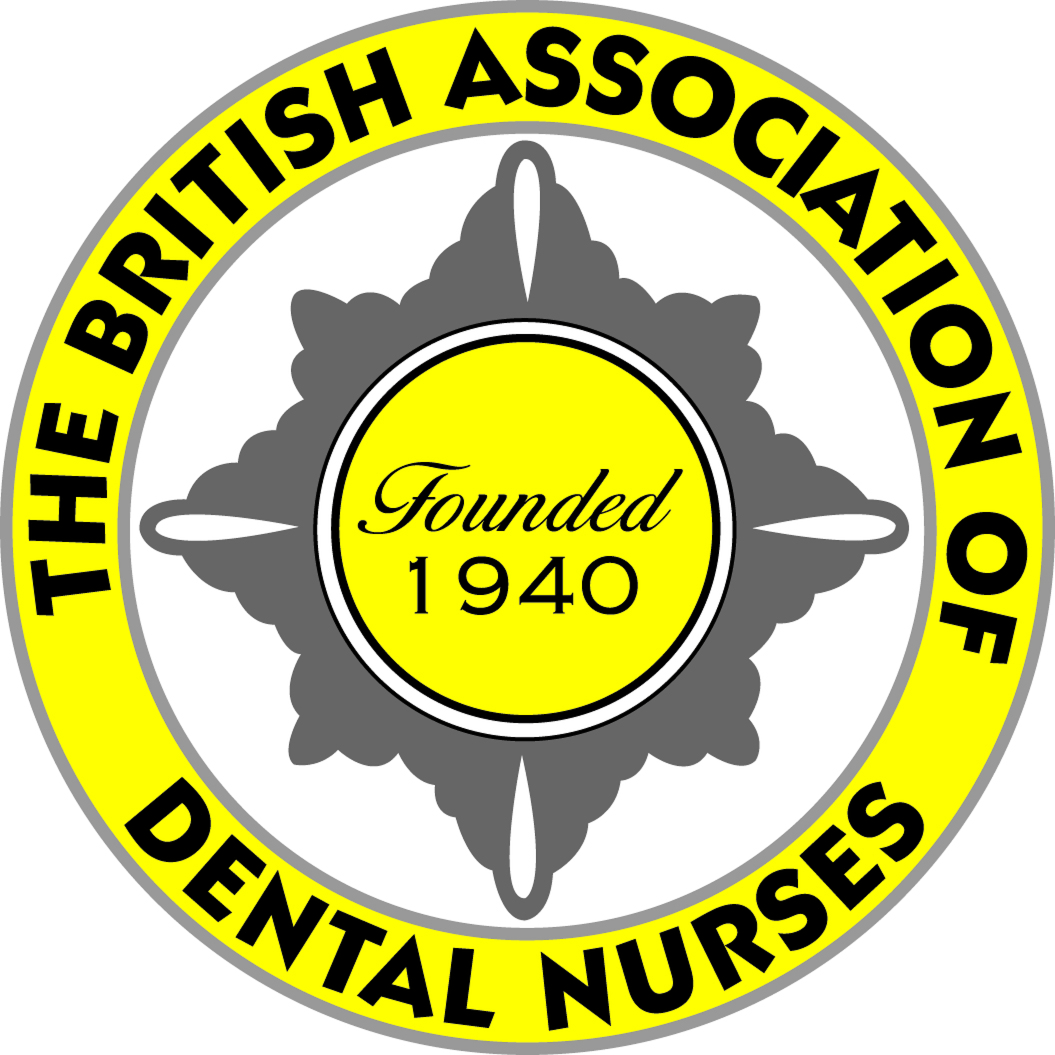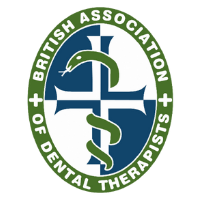Tooth wear: From treatment plan to plan of treatment
)
Tooth wear is a prevalent dental condition estimated to affect up to 45% of adults, making it a key concern for dental professionals worldwide. It is therefore vital that dental practitioners are confident with understanding the signs and causes of tooth wear, the different treatment modalities at their disposal, as well as how to devise an effective personalised treatment plan.
Hannah Beddis, consultant in restorative dentistry at the Leeds Dental Institute, is set to deliver a lecture on appropriate treatment planning for cases of tooth wear at this year’s Dentistry Show London. By presenting worked clinical examples, Hannah will explain the rationale for different treatment strategies in wear cases and demonstrate how to tailor and sequence the treatment plan according to the individual case objectives.
The causes of tooth wear are widely recognised to be multi-factorial. Hannah notes that, ‘tooth wear is caused by multiple things. One of those is acid erosion, so that might be linked to diet or to stomach conditions.’ In particular, intrinsic acid as a result of gastro-oesophageal reflux disease – or acid reflux – has been recognised as a major cause of erosive tooth wear.
However, alongside acid erosion, bruxism – commonly known as tooth-grinding – is emerging as another significant cause of tooth wear. Although there is little clear evidence that the incidence of bruxism is increasing, Hannah notes that ‘there is a bit of a thought process that bruxism has increased since Covid, what with the impact it had on people’s mental health, anxiety and stress levels. And we know that those things do increase a person’s chance of them grinding their teeth.’
During her lecture at Dentistry Show London, Hannah will be sharing some highly practical advice on treatment planning strategies for cases of tooth wear. ‘I’ll be talking about the management of tooth wear, and specifically the decision-making within the treatment plan. I’m not so much talking about tooth-level decisions around whether a tooth is restorable, whether it needs endo, a crown, or a build-up, but it’s more the decisions about how to stage and execute the plan as a whole.’
Hannah is keen to emphasise the critical importance of a robust treatment plan in order to achieve the best outcomes when managing cases of tooth wear. ‘It’s important to be really clear about the treatment objectives: setting those from the beginning, making the treatment plan around achieving those objectives, and then bearing in mind those treatment objectives throughout the entire treatment plan.’
However, it is no secret that devising treatment plans for cases of tooth wear can be challenging. Hannah notes that, ‘it can be particularly difficult in partially dentate cases where some teeth need to be built up, and we’re planning replacement of other teeth.’ During her lecture, Hannah will be sharing some tips to help dental practitioners make the right decisions when it comes to devising their treatment plans. One important consideration is around occlusion. ‘It is important to work really carefully to control the occlusion. At each stage, we need to keep the occlusion under control and keep the plan under control to reduce the risk of any fracture or failure of the restorations as you go through treatment.’
Her final key take-away point is to continually re-assess the treatment plan. ‘At each stage of treatment, it’s really important to re-appraise the plan in relation to the treatment objectives. So, is the plan good? Are we on plan? Is the plan going to allow us to achieve our objectives? And if the answer is no to any of those things, don’t press ahead regardless, but stop, re-appraise, work out what’s going wrong, and plan again from there.’
Owing to advancements in dental materials and technologies, a diverse array of treatment modalities has emerged, providing various options for the effective management of tooth wear. One approach that has caught Hannah’s attention is the injection moulding technique, a process whereby composite is injected into a custom silicone mould created from a diagnostic wax-up. ‘In terms of the practicalities of carrying out the treatment, I’m really interested in injection moulding techniques which significantly shorten the treatment time. It’s a different modality of treatment and I’m really interested to see in the evidence if those are going to last in the long term when compared to conventional workflows. It’s a different strategy requiring different skills and different levels of liaison with your technician, because it’s essentially the technician who’s going to prescribe every aspect of the restorations for you.’
As well as delivering her presentation, Hannah will also be spending some time at Dentistry Show London exploring all the new solutions that the exhibition floor has to offer. ‘I always like to have a walk around the trade exhibition to look for any innovations and any interesting new ideas. I’ll also be looking for solutions or alternatives to either things I’ve been trying, or things I’ve been struggling with.’
Don't miss Hannah's lecture, ‘Tooth wear: From treatment plan to plan of treatment’, taking place in the Enhanced CPD Theatre on Friday 6th October at this year’s Dentistry Show London. Get ready for an engaging and topical session that will leave you well-equipped to tackle this common dental concern.




















.jpg)







